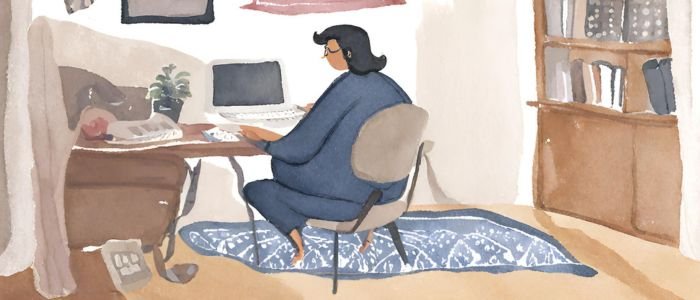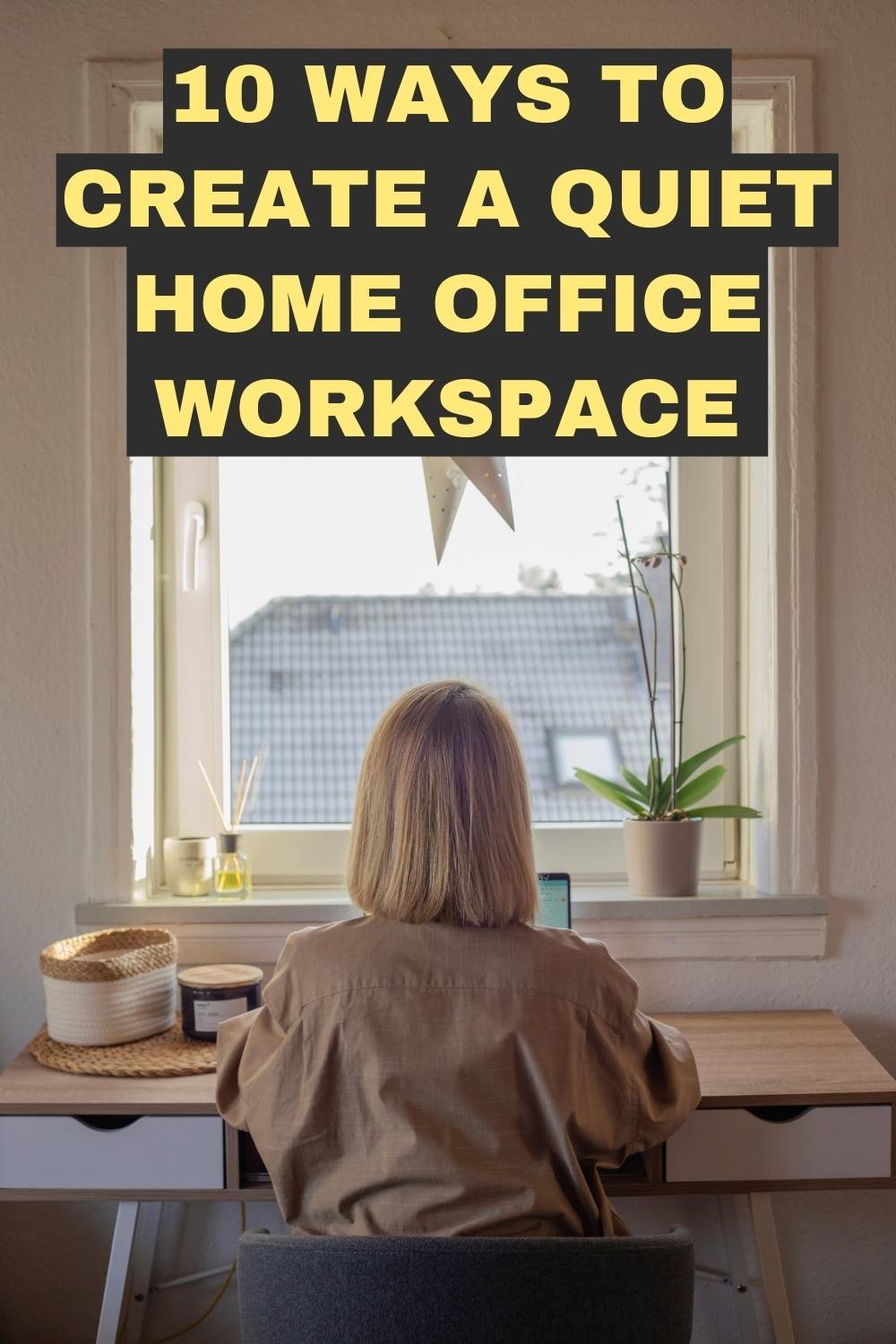10 Easy Ways to Create A Quiet Workspace At Home
/It's not always easy to create a quiet workspace at home, but some of the most useful ways to block out sound are easy to implement and inexpensive. My list of 10 ways to do it are:
Use Noise-Cancelling Headphones
Install Soundproof Curtains or Blinds
Seal Gaps and Openings
Upgrade to Solid Doors
Use White Noise Machines
Implement Soft Furnishings
Consider Acoustic Ceiling Tiles
Place Strategic Bookshelves
Opt for Double-Pane Windows
Establish Household Quiet Hours
In this blog post, I'll be delivering deeper into these 10 tips to help create a quiet remote work environment so you can get on more productively.
How do you block out noise in a home office?
Let’s look at each of the solutions to reduce noise in the home office in more detail.
Noise Canceling Headphones
Noise cancelling headphones work by detecting and analyzing ambient sounds and generating counter-frequencies to cancel them out, effectively reducing the overall level of noise that reaches the ears.
By wearing noise-cancelling headphones like Apple Airpods, these distractions fade into the background, allowing for deeper concentration and a more efficient work.
Sound Proof Curtains
Soundproof curtains are designed with special materials that absorb sound waves, significantly reducing the penetration of external noises such as traffic.
Available in various styles and colors, these curtains can complement the interior design of your workspace.
Seal gaps and openings
Sealing gaps and openings with weather-stripping or door sweeps is an easy and effective way to minimize sound leaking into a home office, from other family members or pets.
Target the nooks and crannies through which noise can infiltrate, such as the spaces beneath doors, around windows, and at points where utilities and cables enter the room.
Introduce soft furnishings
The soft textures and materials of rugs, carpets, and furnishings act as natural dampeners, capturing and dissipating sound rather than allowing it to bounce off hard surfaces.
Adding a plush rug or carpet serves to muffle the sounds of movement, which is particularly beneficial in spaces with hardwood or tile floors, where sound reflection is more pronounced - like when you roll your office chair over it.
Upgrade to solid wood doors
Upgrading from hollow core to solid wood doors, which have a dense composition can significantly reduce noise transmission from other parts of your home. And they look great, too!
Acoustic ceiling tiles
Installing acoustic ceiling tiles is a smart way to reduce overhead noise from footsteps and other activities, which is a common challenge in multi-story homes.
Modern acoustic ceiling tiles come in a variety of designs and finishes, allowing them to blend seamlessly with the aesthetic of any home office.
White noise
White noise is a sound containing a blend of all the different frequencies human ears can hear, distributed equally over the range of the spectrum.
This results in a "shushing" sound that can cover up or dilute the impact of other sounds such as traffic, making them less noticeable and less likely to disrupt concentration.
You can buy a dedicated white noise machine, but there are also apps and extended YouTube videos that will play it for long periods of time - for free.
The soothing, uniform nature of white noise helps in creating a less intrusive sound environment.
Place bookshelves strategically
Not only are bookshelves great for storage, but they can also act as an effective sound barrier. When filled with books, they absorb and block sound waves.
Strategically placing bookshelves against walls shared with noisier rooms or in areas where noise intrusion is highest can optimize their sound-blocking potential.
Establish household quiet hours
I understand how crazy this one sounds, especially if you have young children! But for older children and grown-ups, it’s a good’un.
This approach involves setting clear boundaries and agreements with other members of the family to maintain a lower noise level during specified core work hours.
This might mean using headphones for music or entertainment, scheduling noisier chores for later, or simply being mindful of the volume during conversations.
Invest in double-pane windows
Double-pane windows consist of two panes of glass with an airspace in between, which acts as an insulation barrier not just for temperature control but also for sound.
The dual layers of glass and the intervening air gap significantly reduce the transmission of noise from outside, such as traffic, construction, and neighborhood activities, making the interior much quieter.
They’re not cheap, but as a long-term investment, double-glazed windows are a worthy choice for making your office quieter (and depending on the size, lighter and brighter for work.
Block out noise in your home office: a conclusion
As you can see, there are plenty of ways to help reduce noise and distractions in your home office, from inexpensive additions like cushions and rugs to more drastic solutions like new windows and doors.
Whatever you decide, I hope you are able to find some peace and quiet in the near future.













